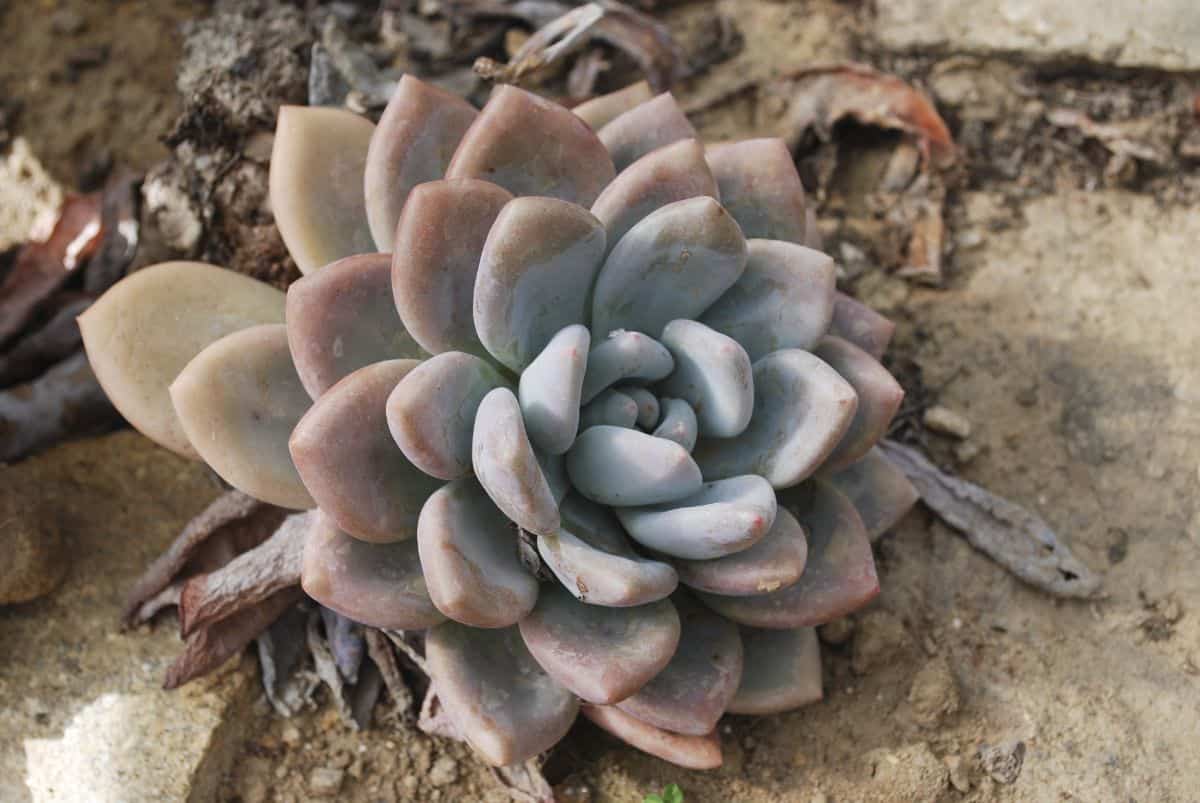
Dudleya succulents are striking succulents consisting of over 40 species in total. This stunning succulent is native to northern Baha, California, and California, and has been given the dreamy nickname of ‘Abrams’ live forever succulent’.
You may come across Dudleya succulents in their native Californian habitat; however, it is forbidden to pick them. This may be what has made their popularity grow. In this article, you will learn everything you need to know about growing Dudleya succulents, caring for them, and get some new artistic gardening ideas that involve your succulent.
Jump to:
What Are Dudleya Succulents?
| Name: | Dudleya Succulent |
| Soil: | Sandy soil mix or pre-bagged cactus soil |
| Blooming: | May through to July |
| Light: | Direct sunlight |
| Water: | When the soil is completely dry |
| Propagation: | Offsets and seeds |
Dudleya succulents were previously classified as Echeveria succulents. Their colors vary from grey to bright green, and their leaves grow in a circular flower formation.
Under the right growing conditions, your Dudleya succulent may grow flowers. These flowers are small and look like striped pink and white candy before they bloom. You can expect your flowers to bloom from May through to July.
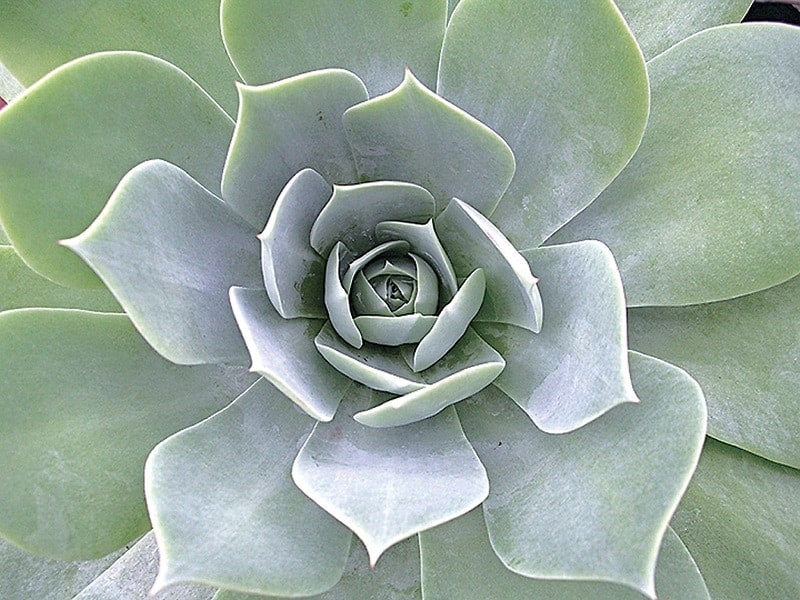
Unlike other succulents, these plants cling to rocks along the coastline and are extremely slow-growing. In fact, if you are lucky enough to spot a large Dudleya in the wild, you might be looking at a plant that is over 100 years old!
Ultimate Care Guide
Succulents have a world-famous reputation for being easy to care for. Just because they are easy and low-maintenance does not mean we can neglect our duty to help them thrive. Follow this care guide if you want to learn how to grow dudleya succulents the right way.
- Light
Take a close look at your Dudleya succulent. Does it look a little chalky? That would be because it is! This particular plant loves sunlight, and its natural chalky appearance acts as a natural sunscreen. You should leave your plant in direct sunlight for as long as possible.
- Weather Conditions
Succulents usually love the heat; however, this particular type of succulent prefers cool sunny weather. If you are growing your succulent inland in an area that doesn’t get much of a cold breeze, you should plant it in an area with partial shade or heat protection for those super-hot times of the day.
No products found.
- Water
These plants do not need to be watered often at all. You should only ever water them when the soil is completely dry. Another important thing to remember is that Dudleyas are dormant during the summer months, and because of this, they do not need any water at all during this period.
Watering your plant while it is dormant could kill it. If your succulent is planted in sandy soil, you can give it very little water during the summer if you feel it is necessary.
- Soil
You should plant your succulent in a sandy soil mix or pre-bagged cactus soil. Make sure that the soil is free of fertilizers as it is better to add them in as and when your plant needs it.
Top Tips For Keeping Your Dudleya Alive:
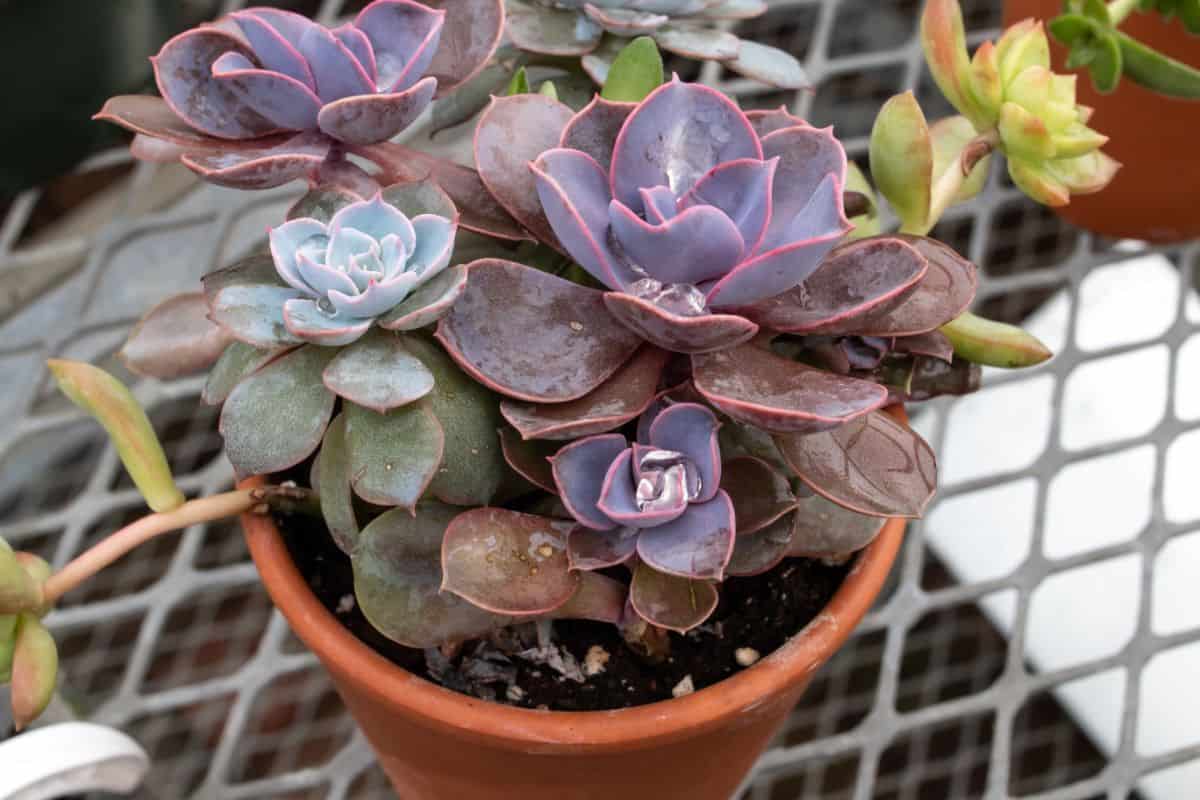
Dudleya succulents are low-maintenance but not the most low-maintenance succulent species to care for. Because of this, I have put a summary of my top tips for keeping dudleya succulents alive below. Use this as a reference any time you feel you need to.
- Do Not Touch Them
Succulents are waxy for a reason. Their skin has a layer of chalk and wax that protects their fleshy leaves from environmental damages and pests. Dudleyas can not reproduce this layer if it is removed, and touching the plant could cause serious damage.
If you want your plant to stay healthy and look aesthetic, do not touch its leaves unless it is absolutely necessary. This is so that the plant doesn’t develop scars or become discolored.
- Less is More
Less is more when it comes to water and fertilizer. Succulents have evolved to be very hardy plants that can survive through the toughest weather conditions. Because of this evolution, they can die within just a day or so of being overwatered or over-fertilized.
- Remove Pests and Treat Diseases
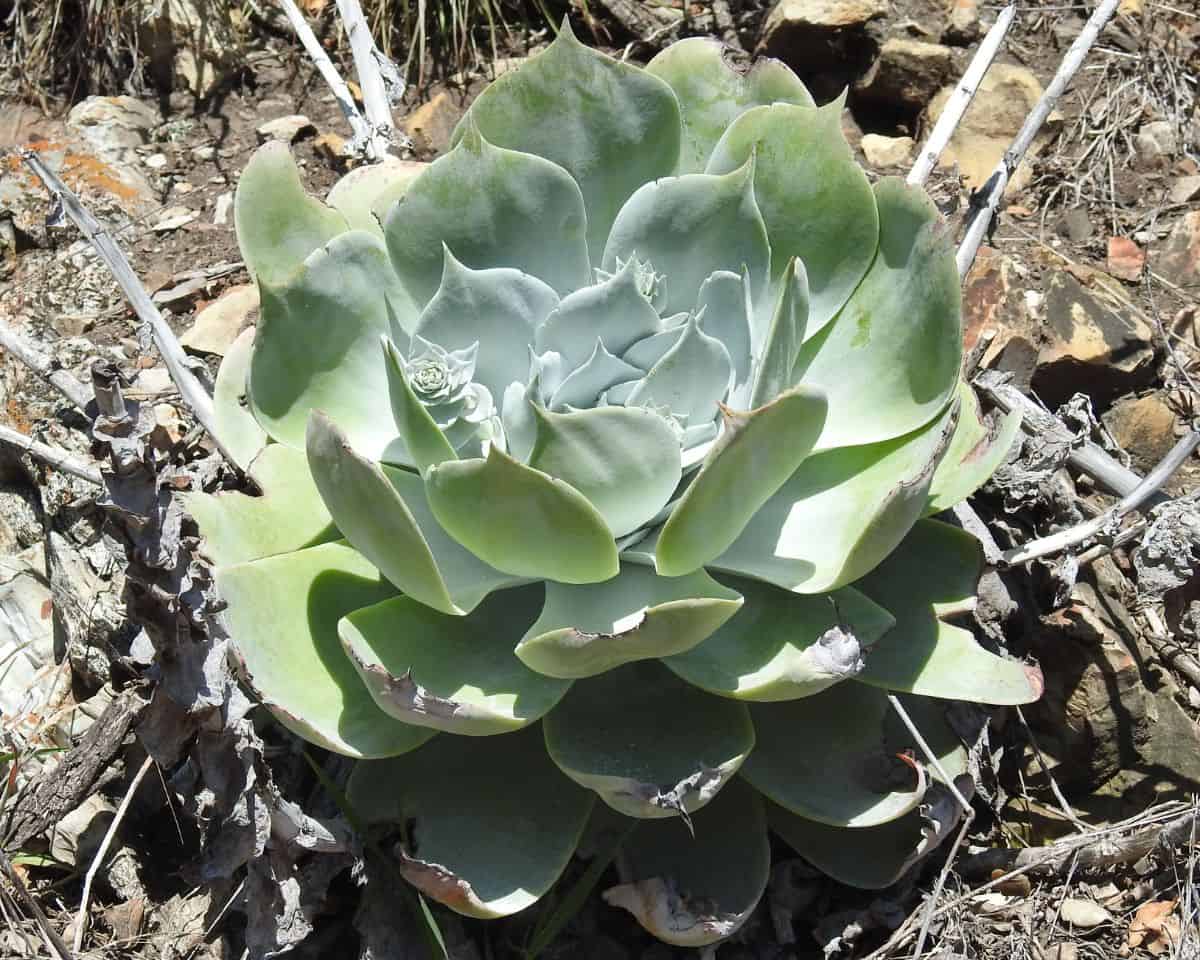
Dudleyas are pretty pest resistant, although now and again, they may show signs of an infestation. Remove the pests using an organic pesticide to stop them from attacking your plant.
Root rot and powdery mildew may occur when your succulent is grown in a humid environment. These diseases need to be treated right away in order to save your plant.
- Protect them From Frost
Much like us, succulents do not like frosty weather. Their leaves may split and scar during below-freezing temperatures and the plant will not survive in these conditions for long.
You May Also Like: Flapjack Succulent - The Ultimate Care Guide
What You Need To Know If You Choose To Plant Dudleya In Your Garden
Although Dudleyas take years to grow to their full potential, they do grow very big and will take up a lot of room in your garden. Make sure you leave plenty of room between your dudleya succulents and the surrounding plants.
Dudleya Facts
- Branching
As we mentioned earlier, there are lots of different Dudleya succulent types, and their appearance varies slightly from plant to plant. Some Dudleyas have branching habits, which make them brilliant plants to have as garden centerpieces.
- Containers
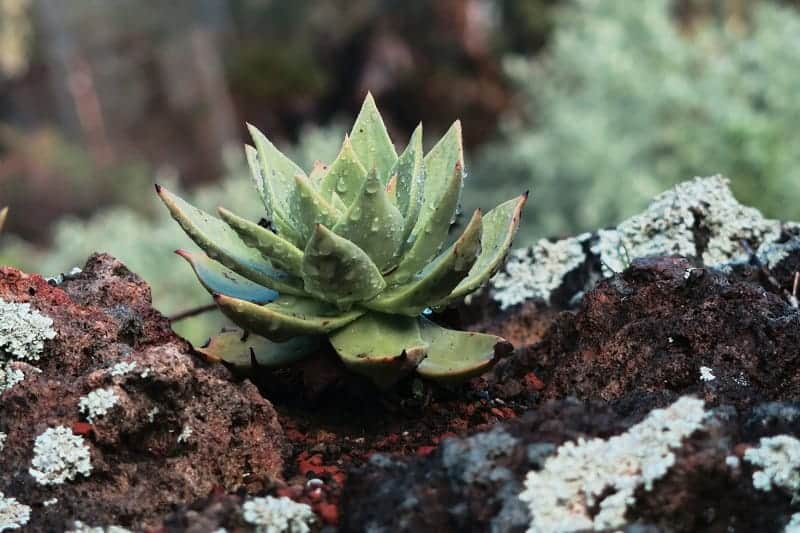
If you have a container garden, you may want to consider planting Dudleyas. Make sure that the containers have great drainage and only plant them in a cactus soil mix.
- Birds
Dudleya succulents are like sirens to hummingbirds; they simply can't resist this plant! Having birds in your garden brings your backyard to the next level, and it fills you with a warm and cozy feeling of bliss seeing and hearing birds around you.
- Signs of Shriveling and Wilting
Your dudleyas may show signs of wilting and shriveling if you plant them in your garden. This usually happens during the hot summer months. Don’t worry though; your plant will return to its plump and juicy appearance when the weather cools down.
If you don’t like the sound of a rather sad looking wilted succulent, you can put up shade cloths to protect your plants from the heat. This should be done with great care as dudleyas need plenty of sunlight to grow, and ensuring they get enough hours in the sun is vital.
See Related Article: Jelly Bean Succulent - An Ultimate Care Guide
Dudleya FAQs

Here are some frequently asked questions regarding Dudleya ‘live forever’ succulents.
Q: Are coffee grounds good for dudleya succulents?
A: Coffee grounds will help aerate the soil and make it more porous and fluffy. Coffee also suppresses the growth of weeds and acts as a pest repellant. You can add a small amount of coffee to your succulents soil every now and then to help it fight pests.
Q: Do Dudleya succulents like to be kept far away from one another?
A: Succulents store their water and therefore do not mind being crowded as they do not have to fight for water. You may not want to keep your succulents crowded together as this looks messy and less aesthetically pleasing in your garden.
Q: Are Dudleya succulents good for your health?
A: Dudleya succulents produce oxygen all through the night and help in purifying the air. This is obviously brilliant for our health!
Q: How often should I water my Dudleya succulent?
A: If you are growing dudleyas from seedlings or immature plants, you should water them every week. Once they mature, they will not need much water and will therefore only require water once their soil is completely dry.
Q: How do I know if my Dudleya is healthy?
A: A healthy Dudleya succulent has thick, juicy leaves and is rubbery and firm. Dudleyas are found green or grey leaves, if your succulent’s leaves start to discolor, and wilt, you should check for pests, disease, or signs of overwatering.
Q: Should I keep my succulent in a small pot?
A: No, if your succulent has outgrown its pot, you should re-pot in something larger. Small pots can seriously damage your succulent and cause irreversible damage to its roots.
Dudleya farinosa, otherwise known by its more common name of live forever, is a delightful plant to keep. If you want to make sure that your dudleya succulent stays healthy and happy, print this guide off and keep it safe.


